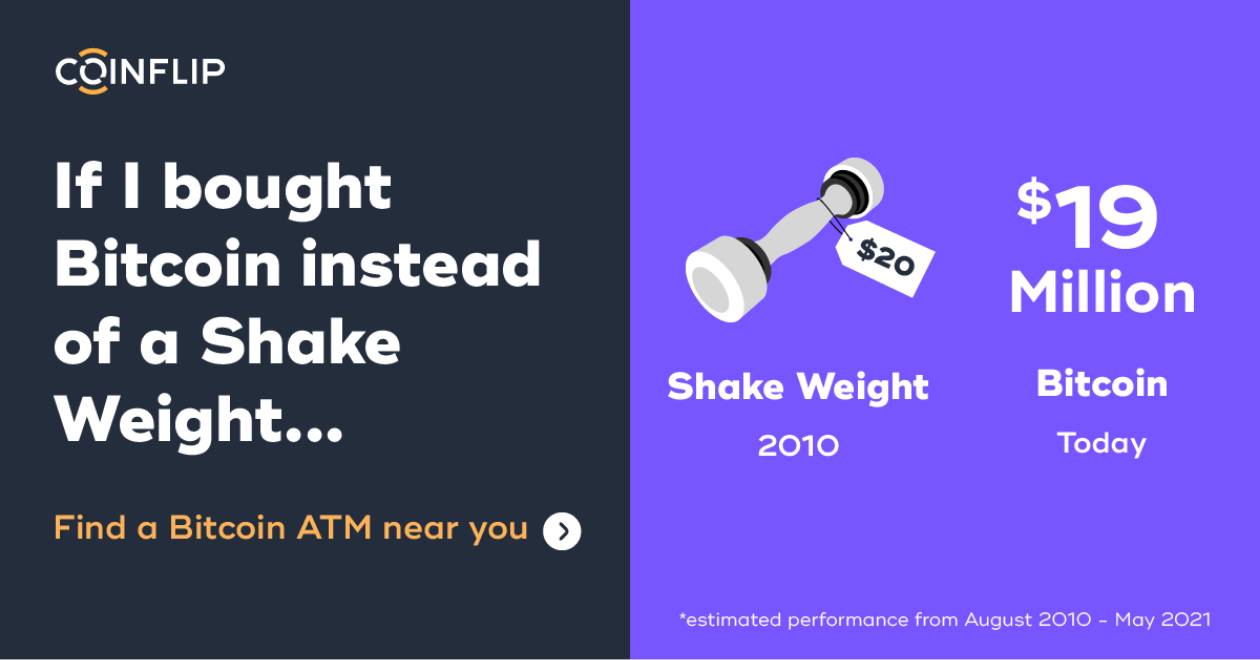

CoinFlip, a cryptocurrency ATM provider, allows users to buy or sell Bitcoin and eight other cryptocurrencies at any of its 2,200 ATMs across 47 states. Gaining recognition as the world’s leading Bitcoin ATM (BATM) operator, the Chicago-based company is rapidly expanding their product offerings and is increasing the public’s access to cryptocurrencies.
Cryptocurrency is booming and the talk of the town, but how comfortable do you feel about using Bitcoin ATMs? CoinFlip created physical locations that have increased accessibility to buying and selling cryptocurrency, yet most people don’t know or use these new BATM machines. We needed to position CoinFlip and their Bitcoin ATMs to increase brand awareness and BATM usage. We needed to uncover which behavioral frames are most effective in marketing bitcoin ATMs to consumers.
Our interviews unearthed perspectives from both new and experienced CoinFlippers. We further probed these insights by running a series of experiments on Google Display. As a result of our interventions, we were able to improve CoinFlip's ad performance by 300X.
In reviewing their website pages and marketing assets, it was clear crypto fanatics could easily understand “what” CoinFlip did. But, the “why” and Narrative Bias were the missing pieces across the board. Narrative Bias reminds us that humans absorb information best when presented in story format with benefits highlighted.
Our “just do” recommendations focused on reducing the amount of content on the pages (and thus increasing processing fluency) to ensure their marketing assets were digestible, mission-driven, and optimized for conversion.

Through our interviews, 4 types of consumers emerged: The Yuppie Crypto Bro, The Experimenting Divorce(e), The Distrustful SWF, and The Scammed Skeptic. As their nicknames suggest, each consumer type had a unique mental model and user journey. Even though the tech-savviness, initial motivators, and stages of life varied, these personas were all high risk seekers, drawn to storytelling, and financially curious.
We tested the control against 3 variations: Windfall Effect (the tendency to be willing to take bigger risks with windfall money vs normal money) Openness to Experience, and Narrative Bias.
Our Google Display ads had a clear winner. Openness to Experience outperformed the control by 3X, confirming for us that Bitcoin is no longer just for the tech-savvy, and folks are along for the ride. Narrative Bias came in as a strong second, outperforming the control by 2X. Our Windfall Effect didn’t have a significant lift over the control, likely due to the timing of the experiments.



As a result of the radically more effective ads, CoinFlip was able to reduce their monthly media spend by half, saving the company 7 figures annually. CoinFlip continued to run with our ads, and we switched gears to focus our efforts on improving the UI/UX of their Bitcoin ATMs. Read the case study here.
